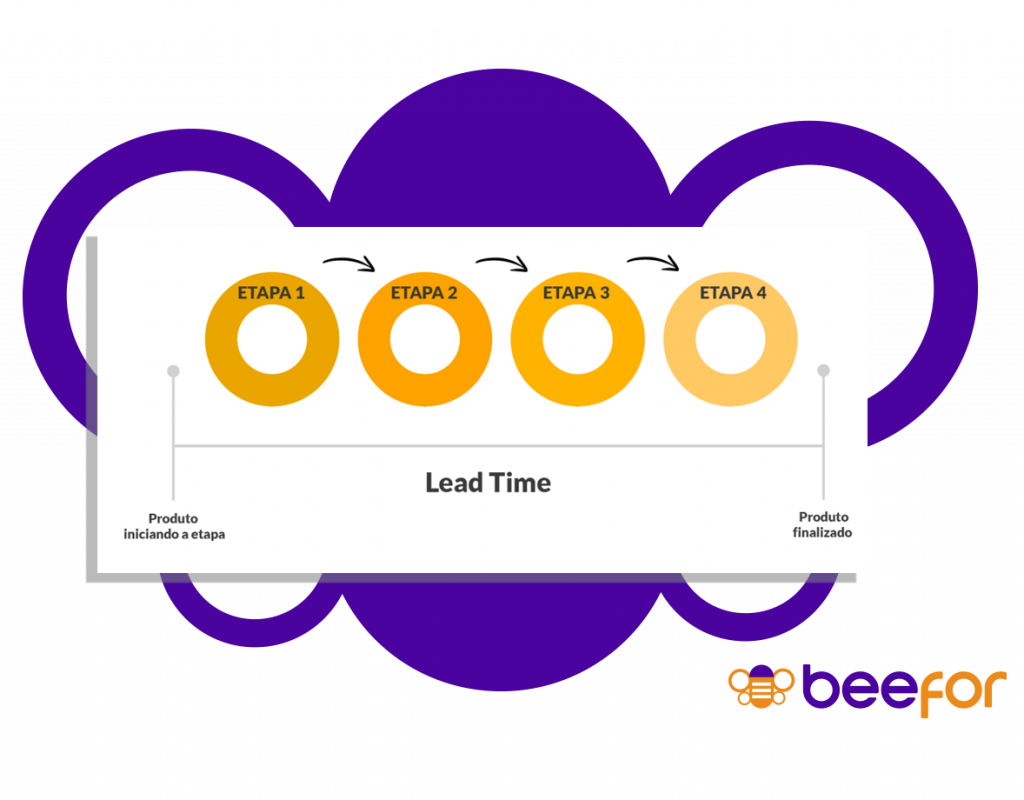
Por: 7 de dezembro de 2021 4Min de leitura
Organizations are continually taking adaptive actions so that the customer experience is the best and incredible possible. When starting this constant journey for improvement, it will demand from the teams the creation of mechanisms that respond to this need, revolutionaryly establishing increasingly better levels of deliveries.
This means that each sprint is never equal to the other, both in terms of the value generated in the customer’s perception and for the team. That’s why it’s necessary to know:
Measuring the time from the beginning of demand to delivery of the product/service to the customer in a total way hides variations in the value stream. As this time span is large and there are several steps to reach the end, it is essential to know which stages of the flow take longer, their restrictions and also where there are bottlenecks or impediments.
It is a measure of how much time passes between task creation, highlighting the duration of each phase until the work is completed. With this, it is possible to assess how much time each item took to reach the definition of ready for that phase and be able to move on to the next one. You can start with Lead Time, but you need to “slice” it according to the duration of each step of the process.
The visualization can be done through the accumulated bar graph of each phase, where on the horizontal axis the work items and on the vertical it shows the duration time.
By making it transparent to the team’s inspection, you will find baselines and benchmarks for each type of work item. These more detailed historical references can support more accurate estimates as well as possible improvements.

By constantly analyzing what is going through or what has already gone through the flow, it allows you to identify problems such as:
The more visible to the team the proportion of each step, the easier it will be to propose improvement actions. The intention is for the item to advance in a constant and predictable manner and, according to each scenario, improvement actions can be taken such as:
It is possible to manage the portfolio with beefor, the platform provides better synchronization between the end and beginning of each stage, giving more fluidity and improving the leadtime of your product/service.
Try it today, it’s free and you don’t need to register a credit card ?
Also know about: Capacity, Sprint Planning and Sprint Review.